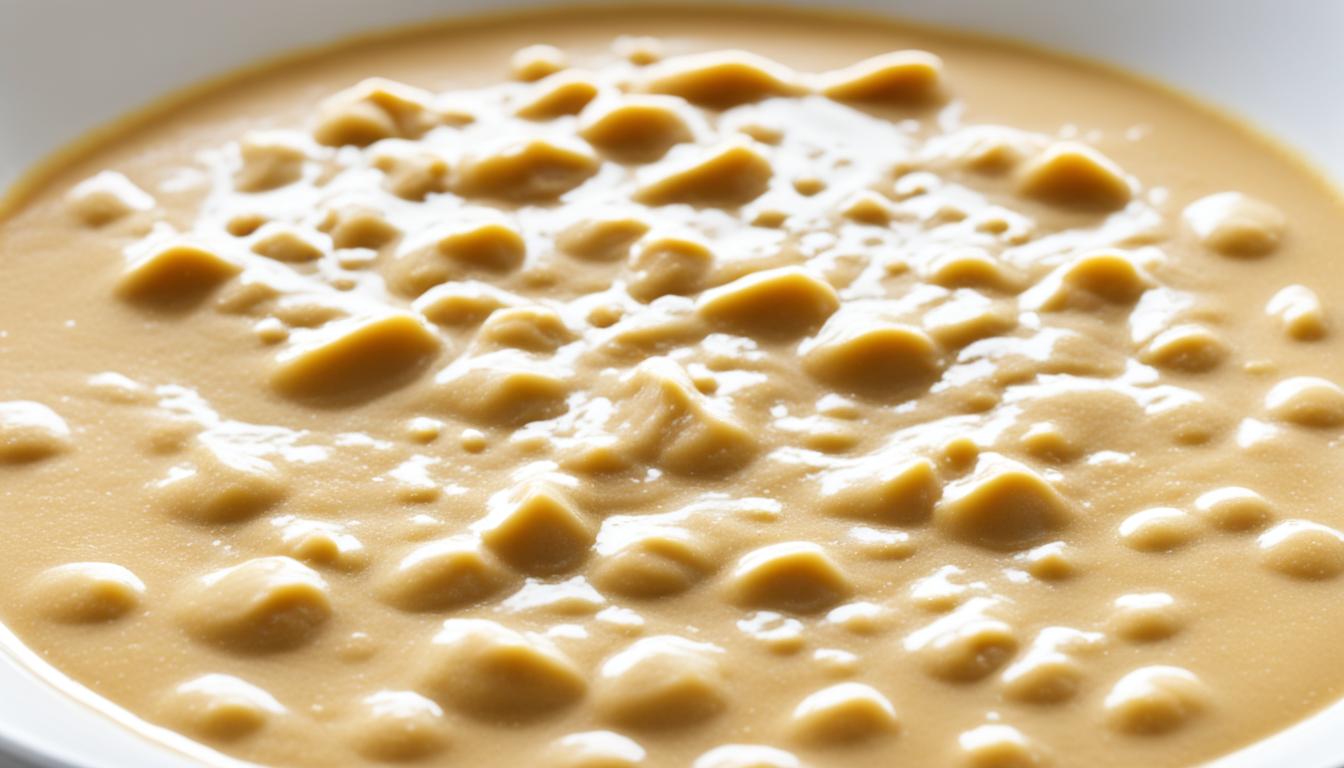If you’re a food enthusiast or aspiring cook, you’ve likely come across the term “roux” in many recipes. But what exactly is roux, and why is it considered a fundamental element in French cooking? In this brief guide to roux, we’ll uncover the basics of roux, explore its different types, learn how to make it from scratch, and discover the secrets to cooking with this versatile ingredient. Whether you’re a novice or a seasoned chef, understanding the art of roux will unlock a world of culinary possibilities.
Types of Roux: From Blonde to Dark
When it comes to cooking with roux, understanding the different types is essential. There are three main categories of roux: blonde, brown, and dark roux.
Blonde Roux:
Blonde roux is lightly cooked and has a mild flavor. It is commonly used in dishes that require a thickening agent without adding much color. This type of roux is perfect for creamy sauces, soups, or creamy mac and cheese recipes. The blonde roux provides a subtle richness to these dishes without overpowering the other flavors.
Brown Roux:
The next level of intensity is the brown roux. This roux is cooked longer than the blonde roux, resulting in a nutty and richer flavor profile. The longer cooking time gives the roux a deep color and a more pronounced taste. Brown roux adds complexity and depth to gravies, stews, and traditional gumbo recipes.
Dark Roux:
For a bold and smoky flavor, dark roux is the way to go. This type of roux is cooked until deeply caramelized, giving it a deep, rich brown color. Dark roux is a staple in Cajun and Creole cuisine, particularly in dishes like jambalaya and étouffée. Its intense flavor takes these dishes to a whole new level.
Understanding the differences between these types of roux allows you to choose the right one for your recipes. Each type brings its unique characteristics and flavors that can elevate your dishes to new heights. Whether you’re creating a velvety sauce or a hearty stew, incorporating the right roux will enhance the overall taste and texture of your culinary creations.
How to Make Roux: A Step-by-Step Guide
Making roux can seem intimidating, but with the right technique, it can be easily mastered. Whether you’re a beginner or an experienced cook, learning how to make roux is essential for creating flavorful sauces, gravies, and soups. Follow our step-by-step guide below to learn the art of making roux.
- Choose the right skillet: Start by heating a clean, heavy-bottom skillet, preferably cast-iron. The even heat distribution of a cast-iron skillet helps prevent the roux from burning.
- Add flour in small batches: Once the skillet is hot, add flour to hot oil in small batches. This prevents the flour from clumping or burning and ensures a smooth roux.
- Whisk constantly: Whisking constantly is crucial to keep the roux moving and to avoid scorching. A whisk helps break up any lumps and distributes the heat evenly.
- Reach the perfect consistency: Cook the roux until it reaches the desired consistency. The ideal roux should resemble wet sand at low tide, moist and glossy. Keep a close eye on the roux as it cooks to prevent burning.
- Utilize the “Holy Trinity”: For added flavor, consider adding chopped seasoning vegetables like onion, celery, and green bell pepper, also known as the “Holy Trinity” in South Louisiana cuisine. Add them to the roux at the right moment to stop it from browning further.
- Gradually add liquid: As the roux reaches the desired color and consistency, gradually add liquid to the skillet while whisking constantly. This process ensures a smooth incorporation of the roux into your recipe.
By following these step-by-step guidelines, even beginners can create a perfect homemade roux. With practice and patience, you’ll become comfortable making roux and can experiment with different flavors and dishes. Now, let’s dive deeper into tips and tricks for cooking with roux in Section 4.
Tips and Tricks for Cooking with Roux
Now that you’ve mastered the art of making roux, let’s dive into the numerous ways you can incorporate this versatile ingredient into your cooking. Roux, with its ability to thicken sauces, soups, and gravies, adds a depth of flavor and richness to dishes. To ensure a smooth consistency, it’s essential to match the temperature of the roux with the liquid you are adding it to. Slowly incorporating the roux into the liquid while whisking constantly allows for proper absorption.
As you become more familiar with roux, don’t hesitate to experiment with different types such as blonde, brown, or dark roux. Each variety offers its unique taste profile and can take your recipes to new heights.
Whether you are a beginner or an experienced cook, these tips and tricks will empower you to confidently incorporate roux into your favorite recipes and elevate their taste. So go ahead and unlock the full potential of roux in your culinary adventures!
